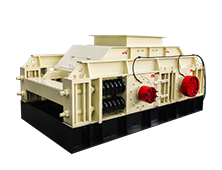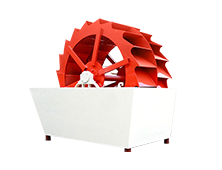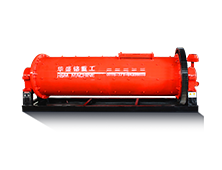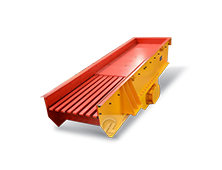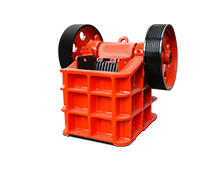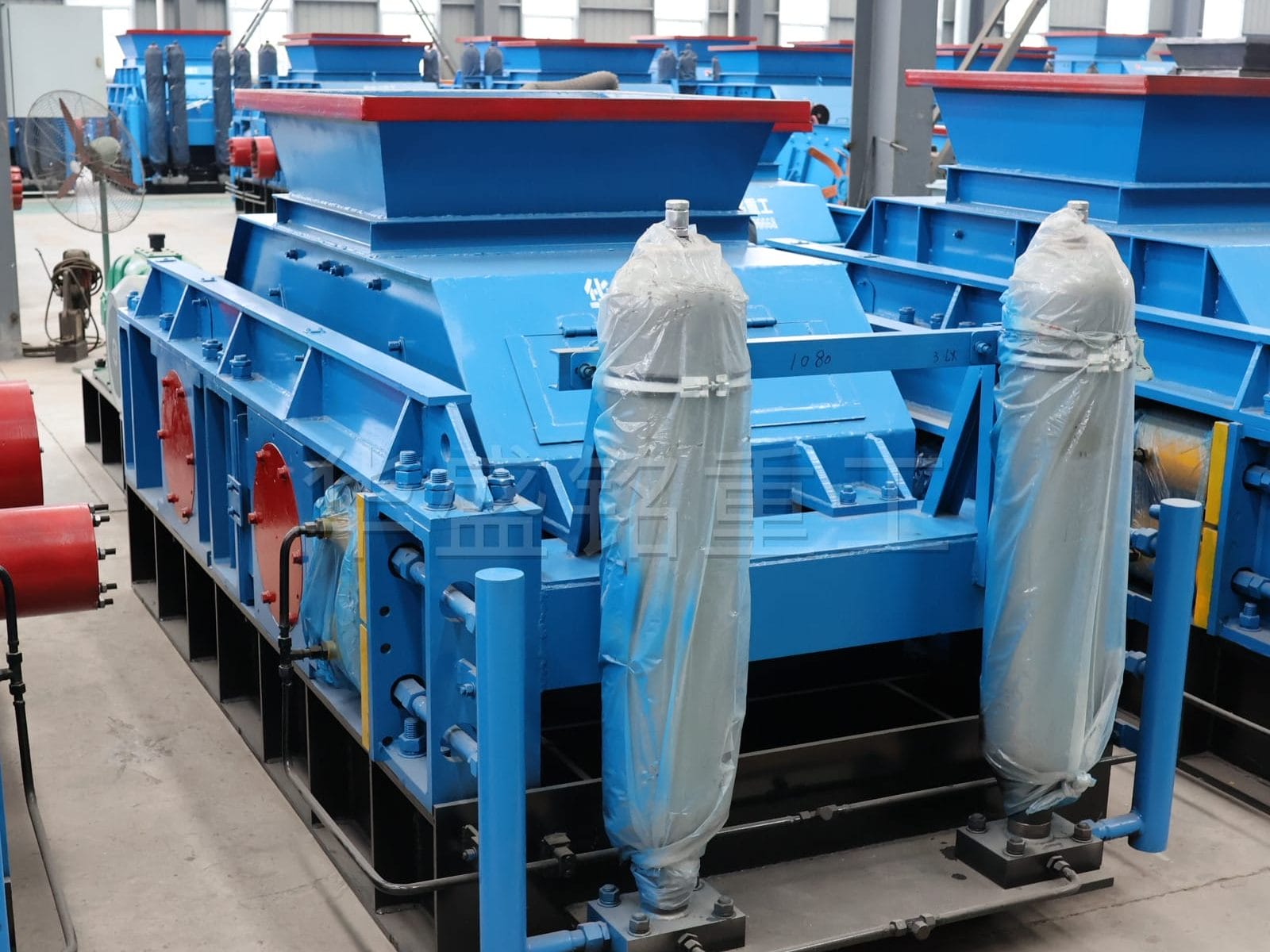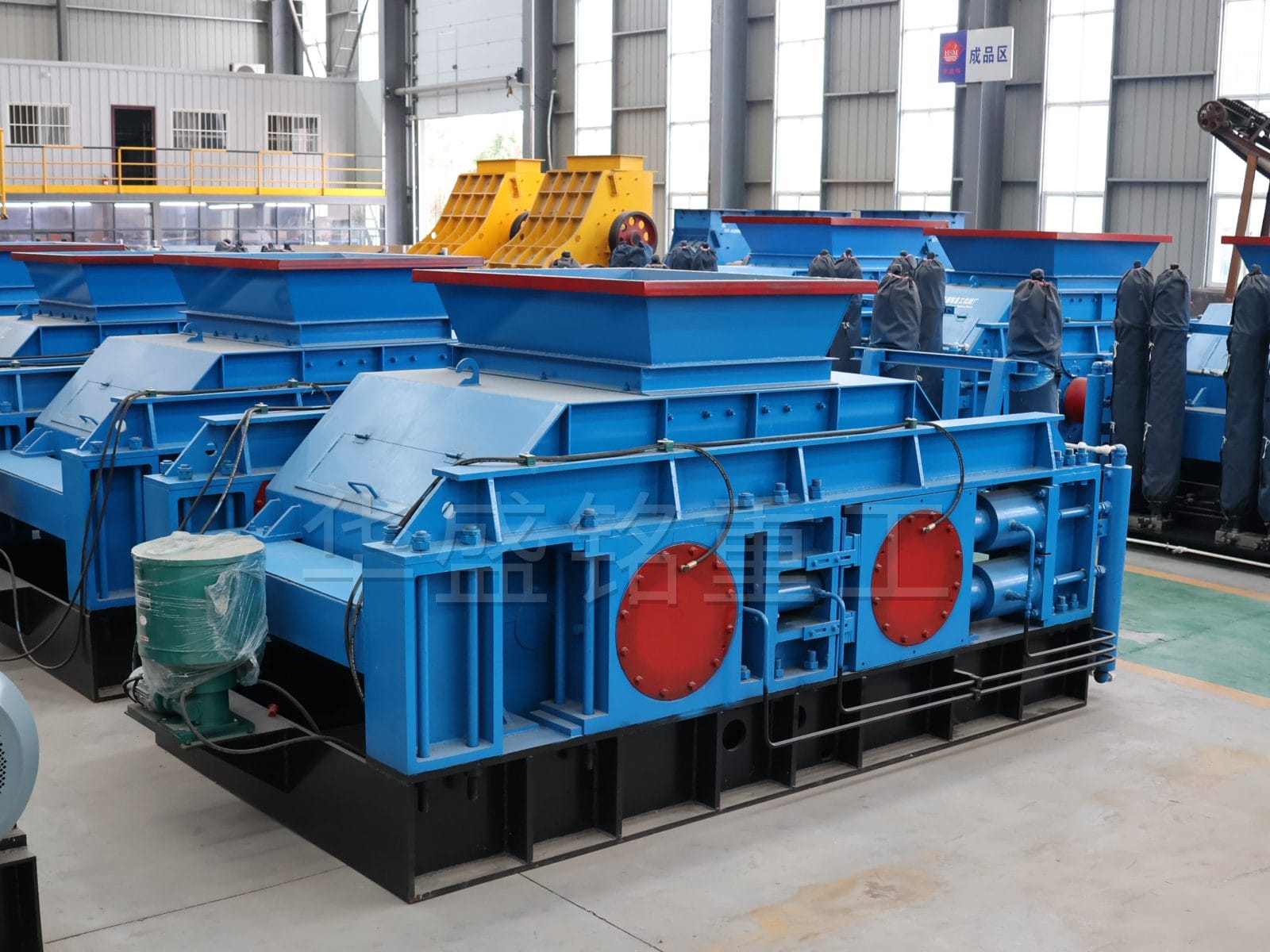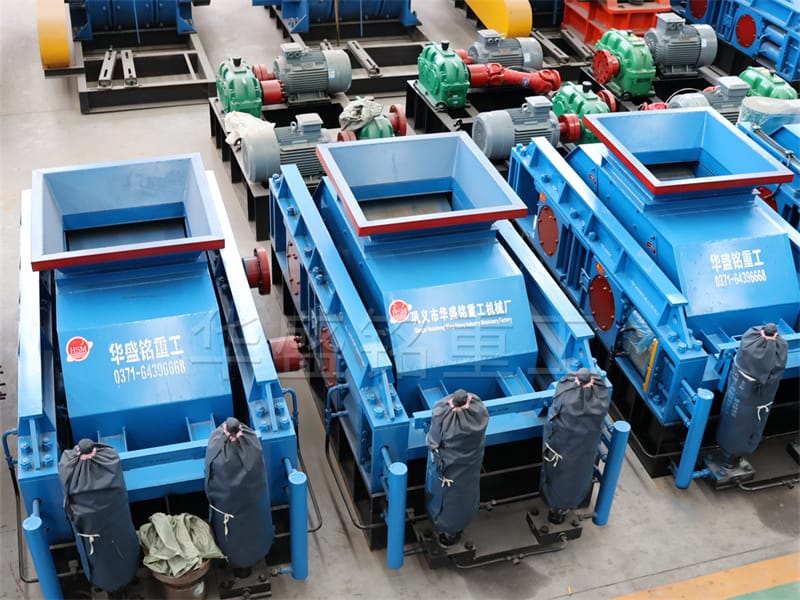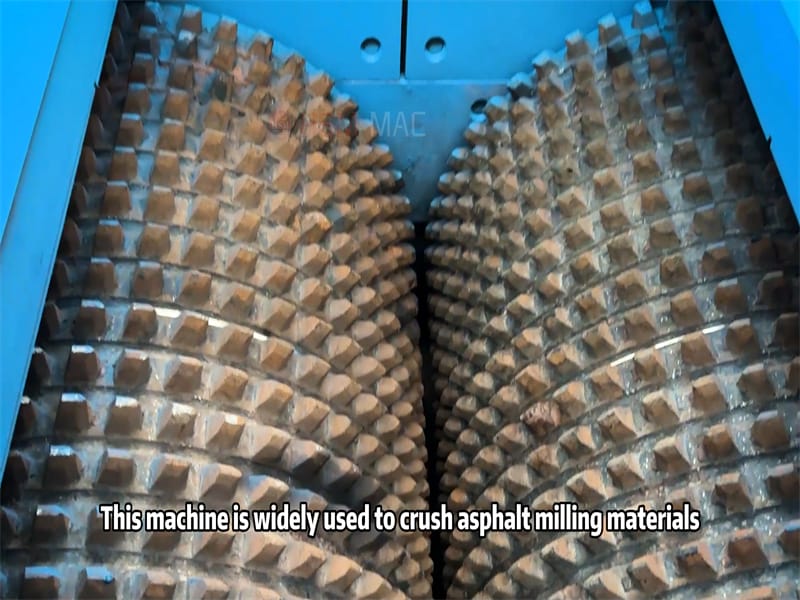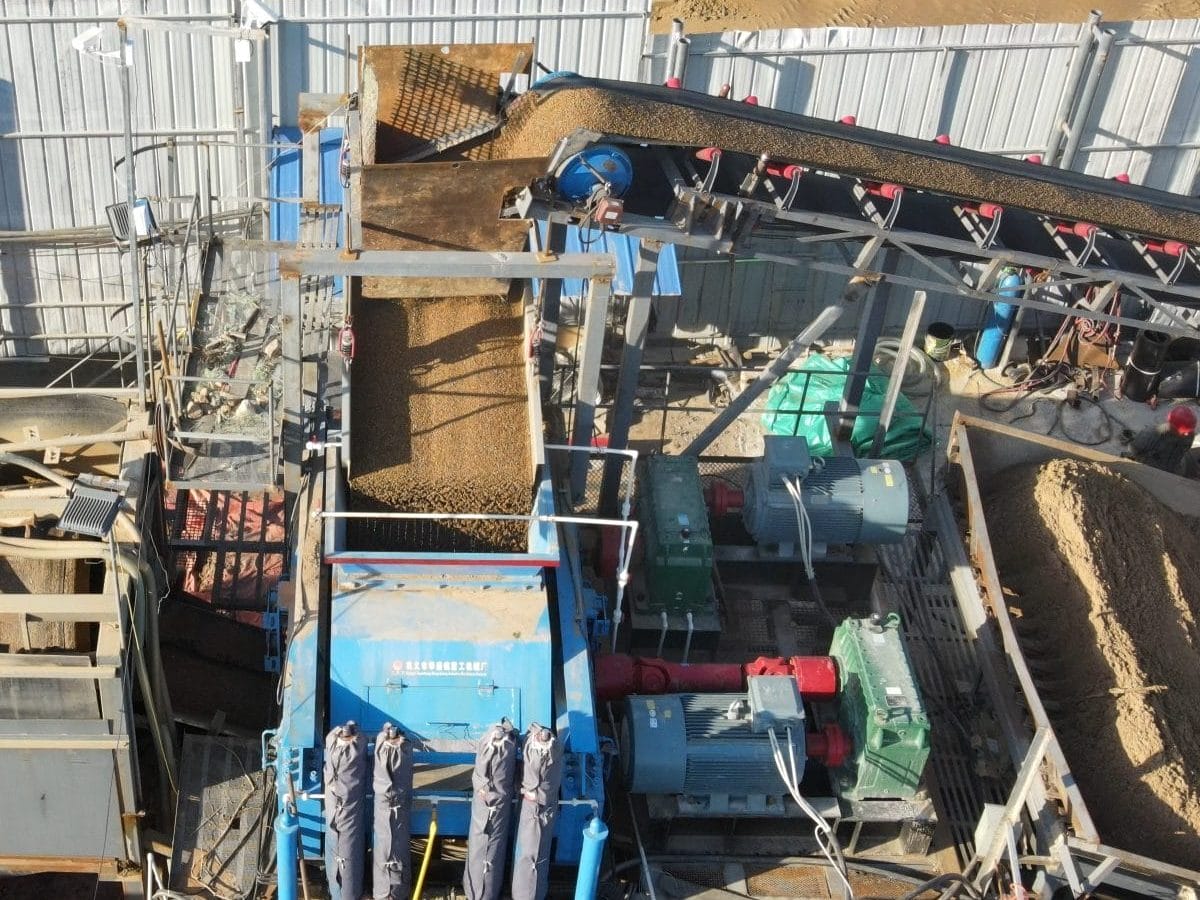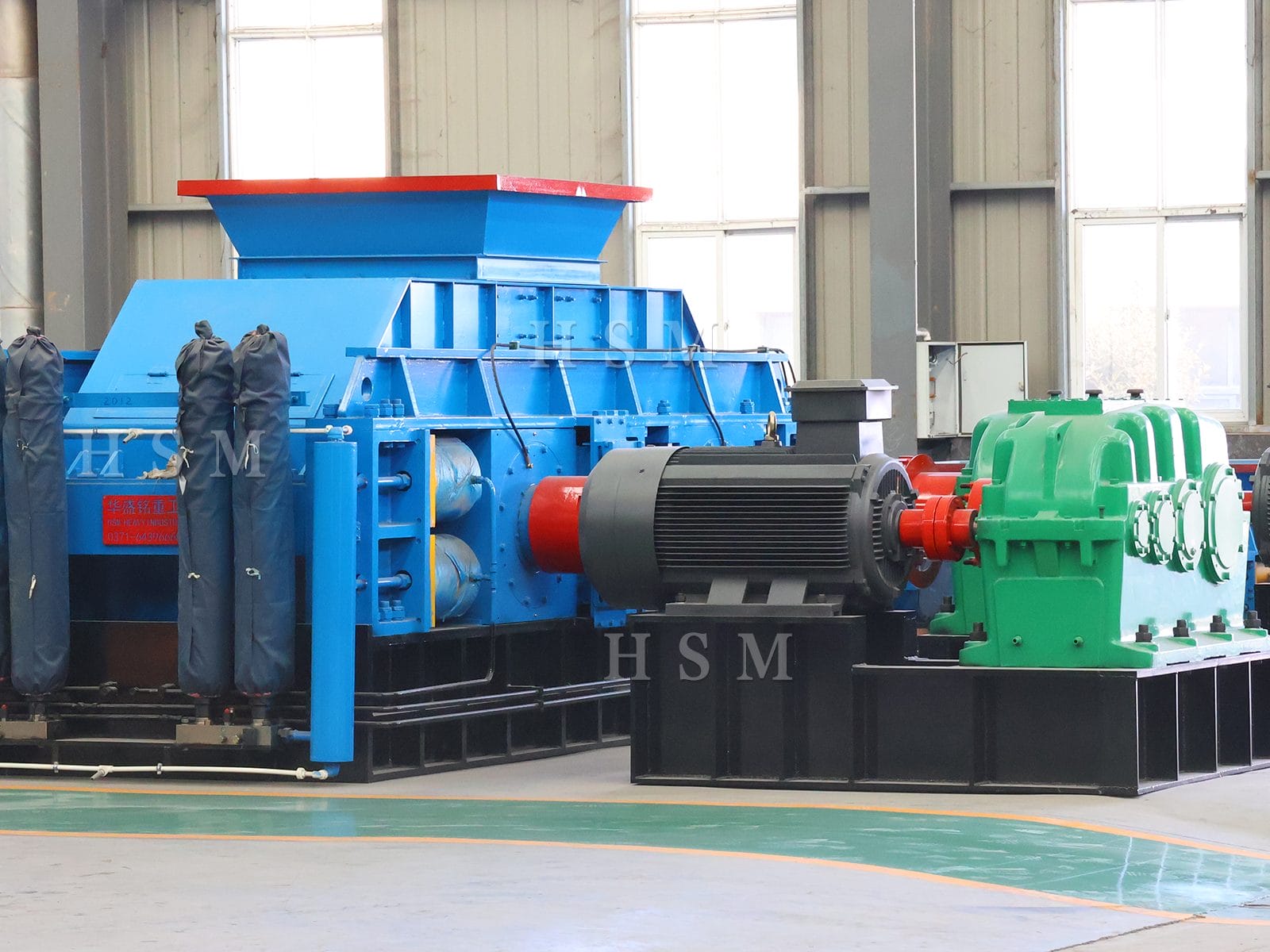A double-toothed roll crusher is a common crushing device, and its tooth shape has a significant impact on the crushing effect and performance. Here are some aspects that the tooth shape of a double-toothed roll crusher may affect:
Crushing Efficiency:
The design of the tooth shape directly affects the feeding and discharging process of the crushed material. A reasonable tooth shape can more effectively crush the material to the required particle size, improving crushing efficiency.
Energy Consumption:
Different tooth shape designs may result in different levels of friction and energy consumption. An optimized tooth shape design helps reduce energy consumption, improving the equipment’s energy efficiency.
Material Distribution:
The tooth shape also affects the distribution of material in the roll crusher. A proper tooth shape design ensures that the material is evenly distributed throughout the entire crushing area, avoiding local overloading or insufficient crushing.
Wear Resistance:
The choice of tooth shape is closely related to the wear resistance and vulnerability of the rolls. Some tooth shapes may be more prone to wear, while other designs may provide a longer service life.
Yield and Particle Shape:
Different tooth shape designs may lead to different yields and particle shapes. Some tooth shapes may be more suitable for producing specific particle shapes, while others may be more suitable for high-yield operations.
Noise and Vibration:
The design of the tooth shape may also affect the noise level and vibration of the equipment. Some designs may reduce noise and vibration, improving the working environment of the equipment.
In summary, a reasonable design of the tooth shape in a double-toothed roll crusher can optimize the crushing process, improving the equipment’s performance and reliability. Therefore, when choosing and designing a double-toothed roll crusher, the impact of the tooth shape is an important factor to consider.


